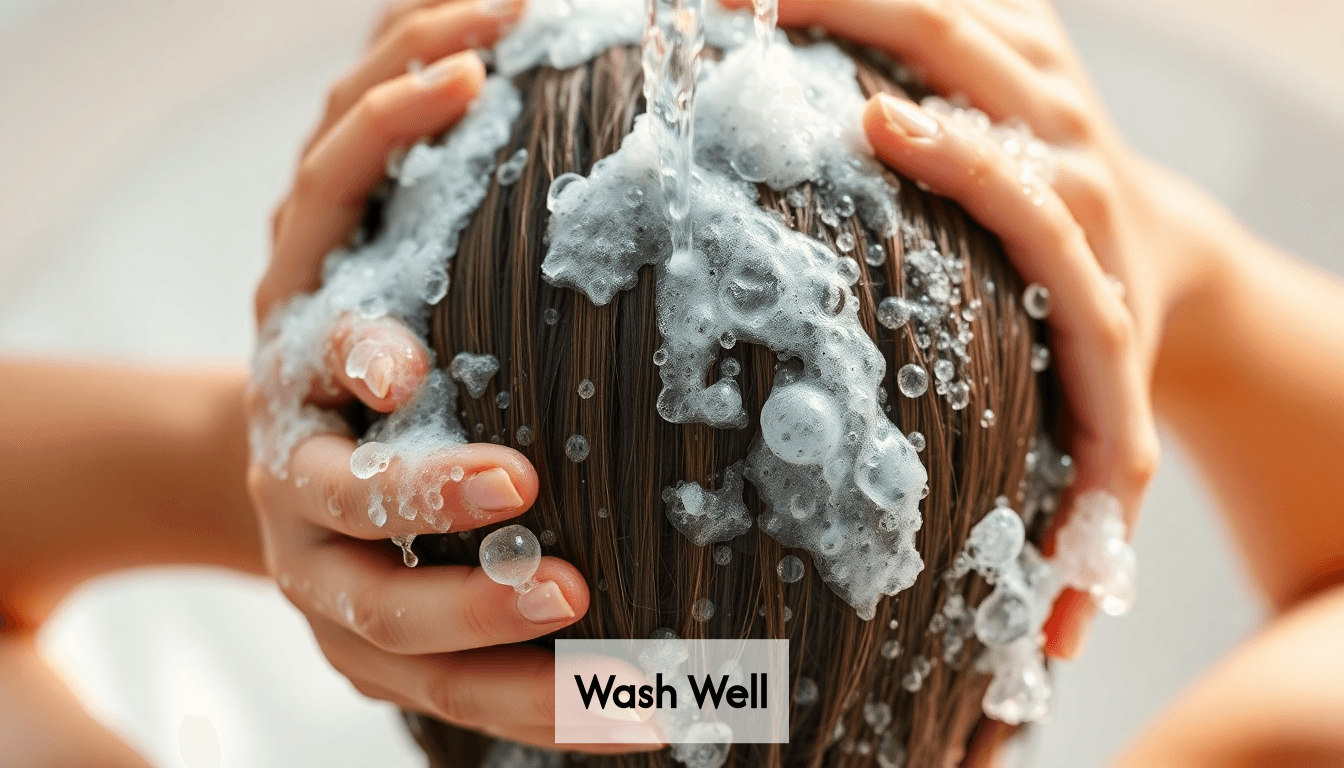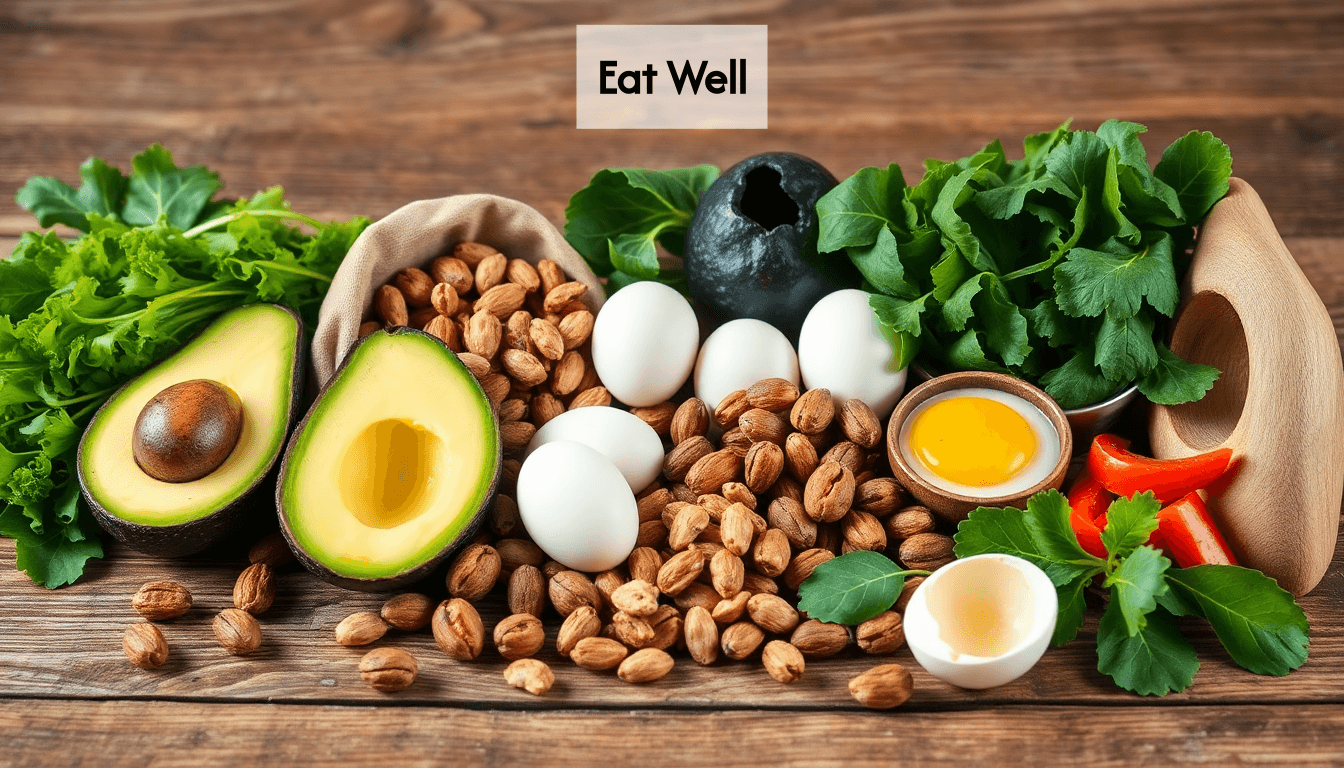Blog
Blog
5 Tips for Healthy Hair: Easy Steps for Shiny, Strong Locks
Updated: March 25, 2025

Healthy hair isn’t just a luxury; it’s a sign of good self-care and attention to detail. Surprisingly, many believe that hair care is all about expensive products or frequent salon visits. But here's the twist—most hair problems stem from common mistakes in everyday routines. By implementing a few simple changes, you can achieve shiny, strong locks that turn heads. Let’s dive into the essential tips that will transform your hair game.
Wash and Condition Correctly
Proper washing and conditioning forms the foundation of healthy hair care. Many common hair problems stem from incorrect washing techniques that strip hair of natural oils or leave product residue behind.

Perfect Your Washing Technique
-
Use lukewarm water (around 100°F) for washing your hair. Hot water can strip natural oils while cold water doesn't effectively remove buildup. Finish with a cool rinse to seal the cuticle and add shine.
-
Apply shampoo to your scalp first, not directly on your lengths. According to Viviscal Hair Experts, you should focus on massaging the shampoo into your roots and scalp, letting it naturally rinse through the rest of your hair during washing.
-
Limit washing frequency to 2-3 times weekly for most hair types. Over-washing strips natural oils and can lead to overproduction of sebum, creating an oily cycle.
Conditioning Dos and Don'ts
-
Apply conditioner mid-length to ends only, avoiding the scalp to prevent weighing down hair and causing oiliness.
-
Leave conditioner on for 2-3 minutes to allow it to penetrate the hair shaft. Use this time to detangle with a wide-tooth comb.
-
Rinse thoroughly until water runs clear. Product buildup is a common cause of dull, lifeless hair.
A 2020 study of 2,000 women showed that 68% were using too much shampoo and not enough conditioner, leading to unnecessarily dry ends and oily roots. Balance is key for achieving those shiny, strong locks we all desire.
| Hair Type | Recommended Washing Frequency |
|---|---|
| Oily | Every other day |
| Normal | 2-3 times weekly |
| Dry/Curly | 1-2 times weekly |
| Coarse/Textured | Once weekly |
Key Takeaways
| Takeaway | Explanation |
|---|---|
| Use lukewarm water for washing | Hot water can strip natural oils, while cold water lacks effectiveness in removing buildup. Lukewarm water is ideal for cleaning and providing shine. |
| Shampoo only at the scalp | Focus on massaging shampoo into the scalp to avoid stripping hair lengths of natural oils which can lead to dryness and damage. |
| Condition mid-length to ends | Applying conditioner to the scalp can cause oiliness; it’s important to focus on the lengths instead for optimal moisture and health. |
| Limit washing frequency | Washing hair too often can lead to an oily cycle or dryness. Most hair types should wash 2-3 times per week to maintain balance. |
Feed Your Hair from Within
Beautiful hair starts with proper nutrition. What you eat directly impacts hair strength, shine, and growth rate. Your hair needs specific nutrients to thrive, and understanding these can make a significant difference in your hair health tips routine.

Essential Nutrients for Healthy Hair
-
Protein: Hair is made primarily of keratin, a protein. Insufficient protein intake leads to weak, brittle hair. Include lean meats, fish, eggs, and legumes in your diet to provide the building blocks for strong hair.
-
Biotin (Vitamin B7): This powerhouse nutrient strengthens hair structure and promotes new growth. According to registered dietician Imogen Tingay, B vitamins including biotin are essential for healthy hair follicles and can help reduce hair loss. Find biotin in eggs, avocados, nuts, and salmon.
-
Omega-3 Fatty Acids: These healthy fats nourish hair follicles, add shine, and reduce scalp inflammation. Incorporate salmon, walnuts, flaxseeds, and chia seeds into your meals for these benefits.
Hydration and Hair Health
-
Drink sufficient water daily (aim for 8 glasses minimum). Dehydration leads to dry, brittle hair that breaks easily.
-
Limit alcohol and caffeine which can dehydrate your body and deplete nutrients needed for hair growth.
-
Monitor urine color as a simple hydration check—pale yellow indicates good hydration while dark yellow suggests you need more water.
A clinical study published in the Journal of Dermatology showed that 63% of participants with hair loss issues had significantly improved hair density after three months of targeted nutritional intervention—proving that how to get healthy hairs often starts at the dining table.
| Nutrient | Food Sources | Benefits for Hair |
|---|---|---|
| Protein | Chicken, fish, beans, eggs | Builds hair structure |
| Biotin | Eggs, nuts, sweet potatoes | Promotes growth and thickness |
| Omega-3s | Salmon, walnuts, flaxseeds | Adds shine and reduces inflammation |
| Vitamin E | Almonds, sunflower seeds, spinach | Improves scalp circulation |
Protect from Heat and Chemicals
Heat styling tools and chemical treatments offer versatility, but they can severely damage your hair when overused. Implementing protective strategies is one of the most crucial tips for healthy hairs you'll ever receive.
Heat Styling Safeguards
-
Always use heat protectant products before styling. According to Lab Muffin Beauty Science, ingredients like silicones and hydrolyzed wheat protein can reduce heat damage by 10-20% by forming a protective film that slows heat conduction and distributes it more evenly.
-
Lower your heat settings. Hair damage begins at temperatures above 130°C (266°F), with severe damage occurring at the 185°C (365°F) that many tools default to. Most styling can be achieved at lower temperatures with slightly more time.
-
Limit heat styling frequency to once or twice weekly. Give your hair recovery time between heat exposures to maintain strength and prevent cumulative damage.
Managing Chemical Treatments
-
Space out chemical services (coloring, perming, relaxing) by at least 2-3 weeks. Back-to-back chemical processes dramatically increase breakage risk and compromise hair integrity.
-
Deep condition after chemical treatments to restore moisture and protein balance. Look for treatments containing keratin or collagen to repair bonds damaged during chemical processing.
-
Consult professionals for major color changes or chemical treatments. Home treatments often lead to over-processing and irreversible damage.
A study of 500 women with chemically treated hair showed that those who consistently used heat protectants and waited at least 8 weeks between chemical services had 60% less breakage than those who didn't follow these tips keep hair healthy practices.
| Heat Tool | Maximum Safe Temperature | Recommended Usage |
|---|---|---|
| Flat Iron | 365°F (185°C) | 1-2 times weekly |
| Curling Iron | 350°F (175°C) | 1-2 times weekly |
| Blow Dryer | Use medium setting | 2-3 times weekly |
| Hot Rollers | 300°F (150°C) | 1-2 times weekly |
Maintain Scalp Health Daily
The foundation of beautiful hair is a healthy scalp. Think of your scalp as the soil in which your hair grows—when it's well-nourished and balanced, your hair will naturally become stronger and more vibrant. Implementing healthy habits for hair that focus on scalp care can transform your hair's appearance.
Signs of an Unhealthy Scalp
-
Excessive itching or tightness often indicates dryness or product buildup that needs addressing.
-
Increased hair shedding beyond the normal 50-100 hairs daily can signal scalp inflammation or poor circulation.
-
Flakiness or greasiness suggests an imbalance in your scalp's natural oil production. According to Evolve Hair, these conditions can lead to clogged follicles, which directly impact hair growth and overall hair health.
Effective Scalp Care Practices
-
Regular gentle exfoliation removes dead skin cells and product buildup. Use a scalp scrub or exfoliating shampoo once weekly to keep follicles clear and promote circulation.
-
Scalp massage for 5 minutes daily stimulates blood flow to hair follicles. This simple practice has been shown to increase hair thickness by up to 10% in participants who maintained the habit for 24 weeks.
-
Avoid product overload directly on the scalp. Heavy oils, frequent dry shampoo use, and styling products can suffocate hair follicles when applied too close to the roots.
A 2022 dermatological study found that 78% of participants with chronic hair thinning showed measurable improvements in hair density after implementing dedicated scalp care for three months. This demonstrates how crucial scalp health is for anyone wondering how to get health hair.
| Scalp Condition | Recommended Treatment | Application Frequency |
|---|---|---|
| Dry, flaky scalp | Tea tree oil treatments | Weekly |
| Oily scalp | Clarifying shampoo with salicylic acid | Twice weekly |
| Balanced scalp | Gentle scalp massage | Daily |
| Irritated scalp | Aloe vera or oat-based treatments | As needed |
Trim Regularly for Better Growth
One of the most counterintuitive yet effective tips for good and healthy hair is regular trimming. Many people avoid trims when trying to grow their hair, but this approach often backfires. Understanding the relationship between trimming and hair health can transform your growth journey.
Why Trimming Promotes Healthier Hair
-
Prevents damage progression. Split ends don't heal and will continue traveling up the hair shaft if not removed. According to NaturalistaVibes, regular trimming prevents damage from spreading, which actually leads to better length retention over time.
-
Eliminates single-strand knots that cause breakage when brushing or detangling. These tiny knots can lead to significant hair loss when left unaddressed.
-
Makes hair appear thicker and fuller by removing thin, wispy ends that create an overall impression of thinness.
Optimal Trimming Schedule
-
For damaged or chemically treated hair: Schedule trims every 8-10 weeks to stay ahead of damage.
-
For healthy hair with minimal heat styling: Every 12-16 weeks is sufficient to maintain hair integrity.
-
For those growing out hair: Even while growing your hair, trim 1/4 inch every 3-4 months to prevent the need for more drastic cuts later.
A study of 200 women tracking their hair growth over one year found that those who trimmed regularly (every 12 weeks) retained an average of 1.5 inches more length than those who avoided trims completely. This demonstrates that implementing strong hair tips like regular trimming actually supports your length goals.
| Hair Type | Recommended Trimming Frequency | Amount to Trim |
|---|---|---|
| Fine/Damaged | Every 8-10 weeks | 1/2 inch |
| Medium/Normal | Every 12 weeks | 1/4-1/2 inch |
| Thick/Coarse | Every 12-16 weeks | 1/4-1/2 inch |
| Curly/Textured | Every 12-16 weeks | 1/4-1/2 inch |
Frequently Asked Questions
How often should I wash my hair for optimal health?
Washing your hair 2-3 times a week is ideal for most hair types. This helps maintain balance without stripping natural oils.
What nutrients are essential for healthy hair?
Key nutrients for hair health include protein, biotin (Vitamin B7), omega-3 fatty acids, and vitamin E. Incorporate foods like lean meats, eggs, nuts, and fish into your diet for the best results.
How can I protect my hair from heat damage?
Always use a heat protectant before styling, lower the heat settings of your tools, and limit heat styling to once or twice a week to minimize damage.
Why is regular trimming important for hair health?
Regular trimming prevents split ends from traveling up the hair shaft, reduces breakage from single-strand knots, and helps maintain a fuller appearance. Aim to trim every 8-16 weeks depending on your hair type.
Elevate Your Hair Care Journey with Myhair.ai
If you're tired of battling common hair issues like dryness, shedding, or lack of shine, you’re not alone! Many readers resonate with the challenges outlined in "5 Tips for Healthy Hair". The good news? You can take proactive steps towards healthier hair today!

Imagine having a personal hair health coach at your fingertips! With Myhair.ai, you can quickly analyze your unique hair condition through our AI-powered scanning technology. Get ready for solutions tailored just for you, including:
- Personalized product recommendations aligned with your specific hair goals.
- Bald spot detection and hairline tracking so you can monitor your progress.
- Consultation services with certified hair specialists who offer in-depth, professional advice tailored to your needs.
Don’t let common hair issues hold you back any longer. Discover how simple adjustments can dramatically improve your hair's health with the power of personalized analysis. Visit Myhair.ai and start your hair wellness journey today—your luscious locks await!